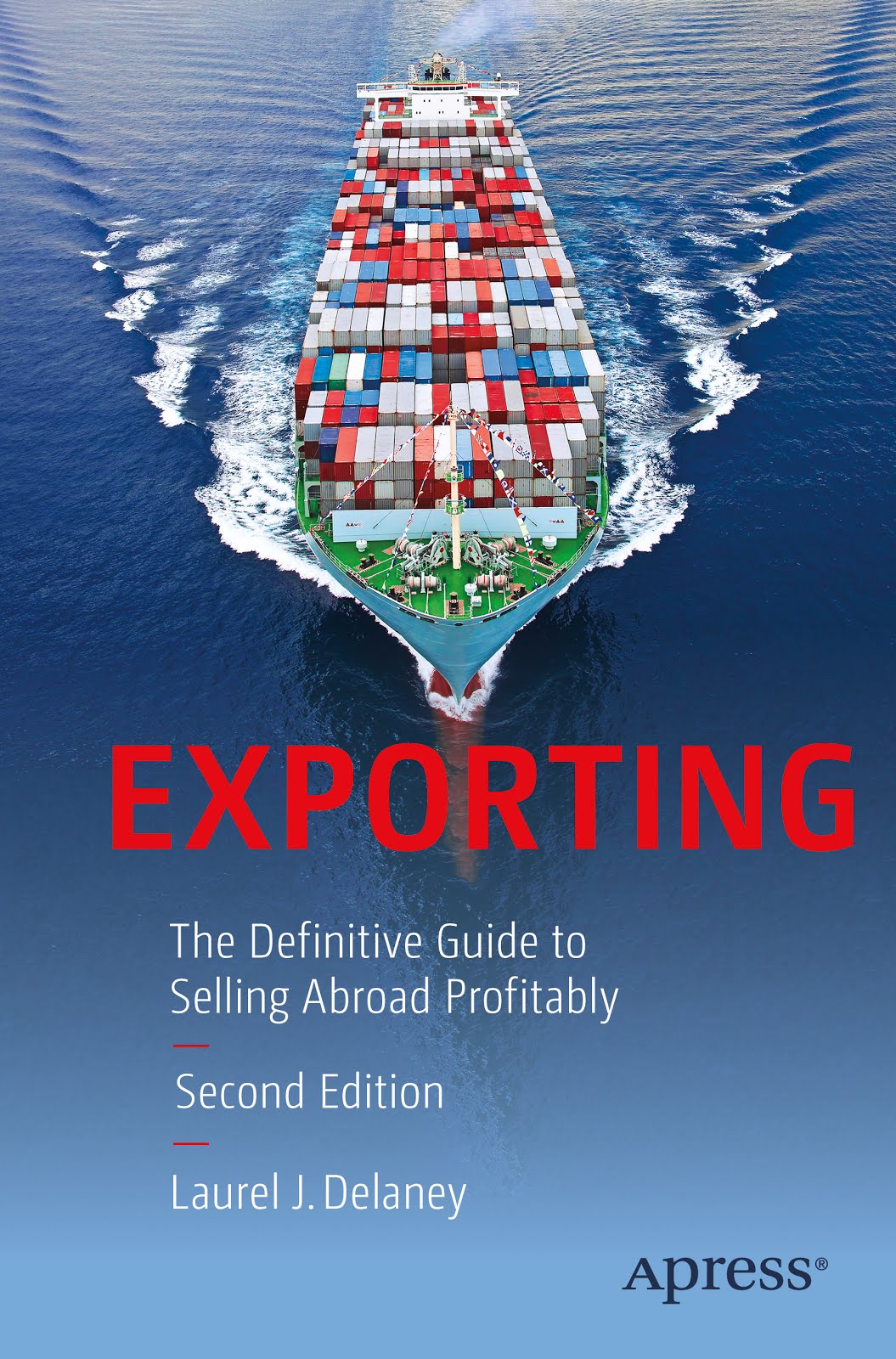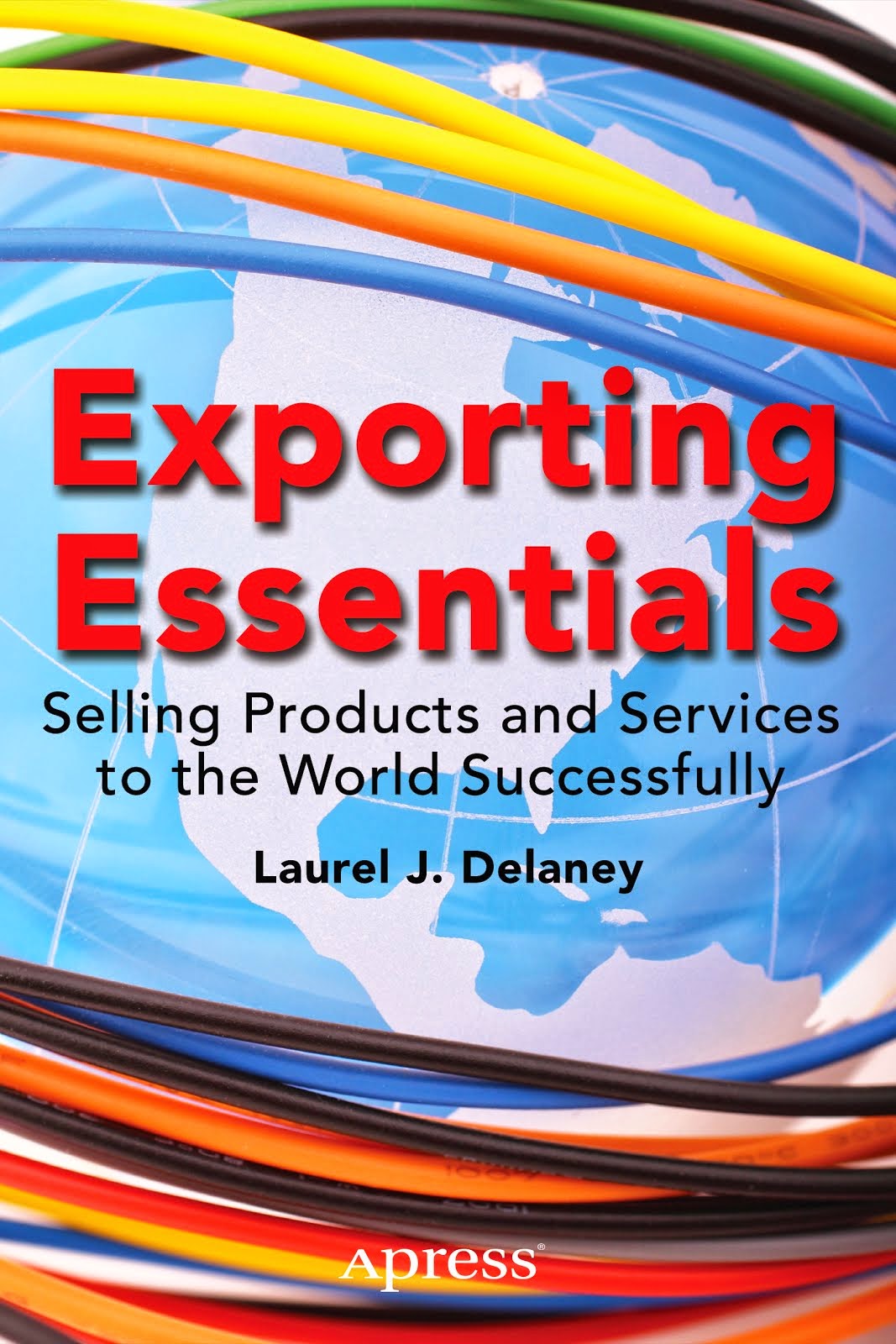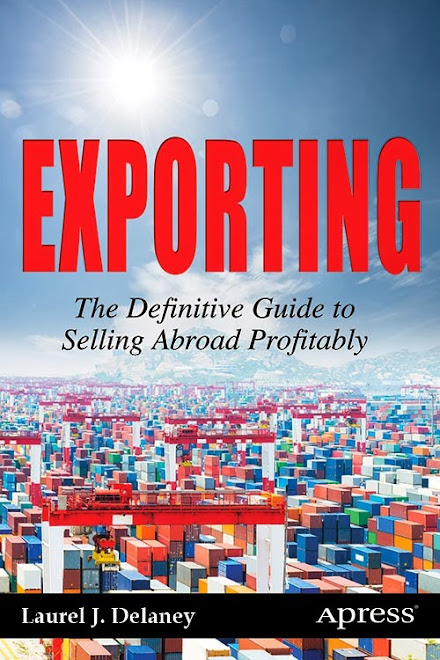Welcome from India ... from Jayanthi Iyengar
Small refers to smallness of investments.
Going global is a great option. Yet, what needs to be remembered is that just because one is successful at home does not necessarily mean that one would be equally successful overseas. This is because markets vary. So do the norms. Nothing bears this out as well as the small sector. For instance, if you are a Western company, you’d assume that an SME in the US is the same as one in Europe or in India. Yet, this may be a fallacy.
In many Western countries, an SME includes small and medium units. In a country like India, the tiny and small units are categorized separately and are referred to as the small scale industry (SSI). Hence, the division effectively becomes small and tiny units versus the others (that is the medium and large units).
The SSI categorization is relevant primarily from the following two angles:
• Tax concessions
• Exclusive rights to manufacture reserved items
In India, the government promotes the small and tiny sector through tax concessions, primarily excise concession, also called SSI concessions. This by itself is not new since many countries do promote their SME sector through fiscal and non fiscal incentives. India further protects its SSI units from competition by reserving certain items for manufacture, exclusively by manufacturers in this sector.
That sounds attractive -- tax concession as well as protection to boot. However, in order to draw tax benefits and receive protection, a unit has to meet the SSI norms. Under these norms, a tiny unit is defined as one where the maximum investment is Rs 2.5 million (US $ 57,405.31 ) while it is Rs 10 million ($229,621.76) for a small unit. This threshold has been set in rupee terms and hence the amount, when converted into US dollars may vary marginally, depending on the rate of exchange. Norms are also detailed on the manner in which the value of capital investments is arrived at. It goes at length into details such as whether fresh or second hand machinery imports would be included or excluded for purposes of arriving at the capital investments in the unit or not.
Reading between the lines, however, the message is simple: the Indian government does not limit the number of people employed in a small or tiny unit for purposes of drawing SSI benefits. However, it does limit the capital employed in order to regulate the size of the unit.
This limitation, which restricts growth through higher capital investments, must sound confusing to a foreign investor. However, it is easier to understand the genesis of such a norm, when one recalls the fact that India is a capital-deficient but labor-surplus nation, and the concept of SSI protection dates back to the socialist era, when creating and preserving jobs was a far more important than the efficient deployment of capital.
Such mind-set is undergoing a change in India and there is a greater understanding of the fact that limiting investments is tantamount to stifling the growth of the unit, as it cannot modernize, grow and compete by inducting costly but cutting edge technology.
That brings us to the crucial issue of whether foreign investment is allowed in the SSI sector, and why a foreign small business may want to come to India despite such restrictions on size.
The issue will be discussed in the forthcoming blogs, which would make it clear that though these restrictions exist, they become relevant only if a global business wants to enter the country as an SSI and qualify for the benefits. Otherwise, the field is open to foreign direct investors.
Some useful links:
Resource No. 1
Resource No. 2
Jayanthi Iyengar's backgrounder
Wednesday, July 06, 2005
Subscribe to:
Post Comments (Atom)


















No comments:
Post a Comment